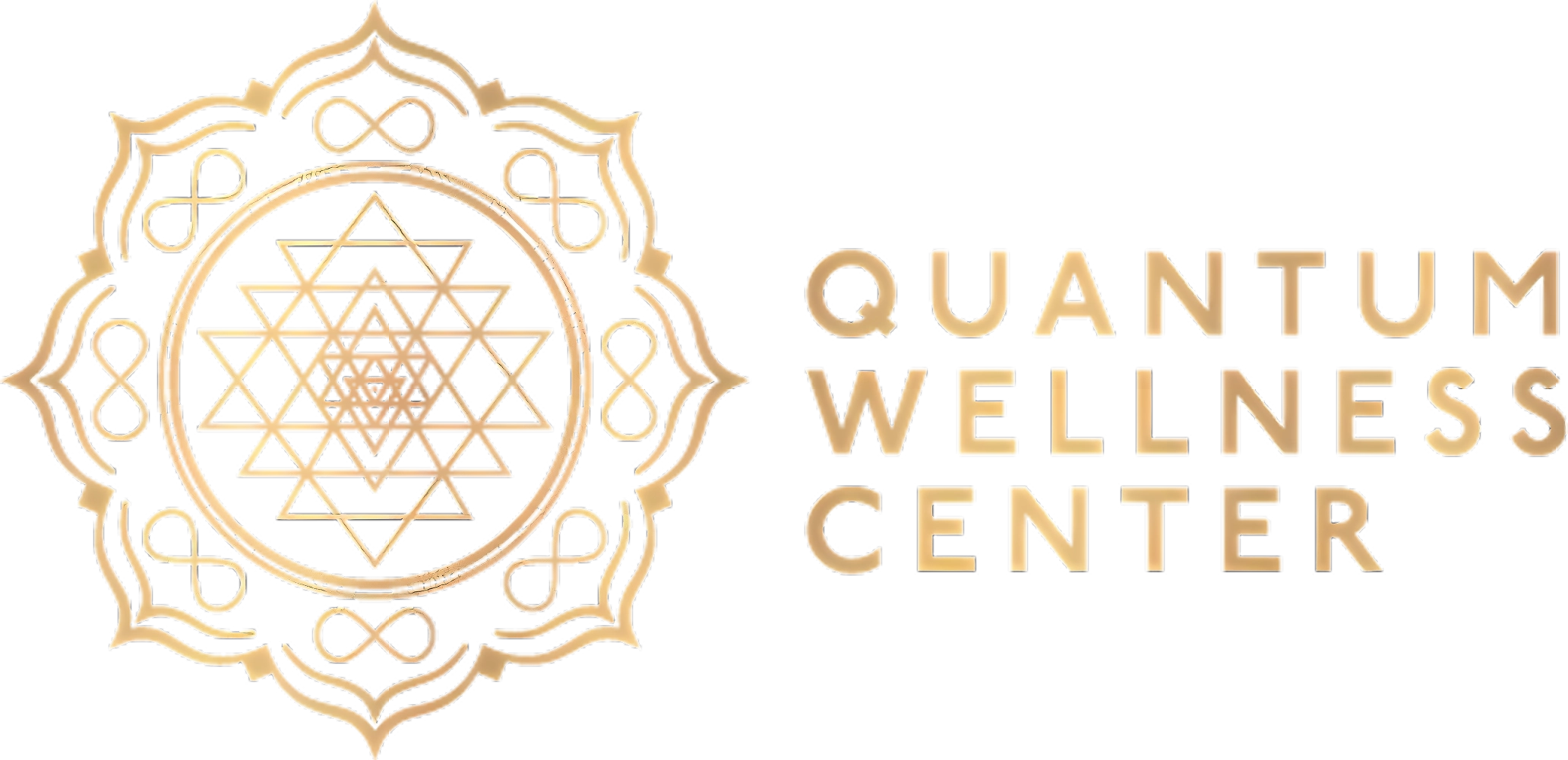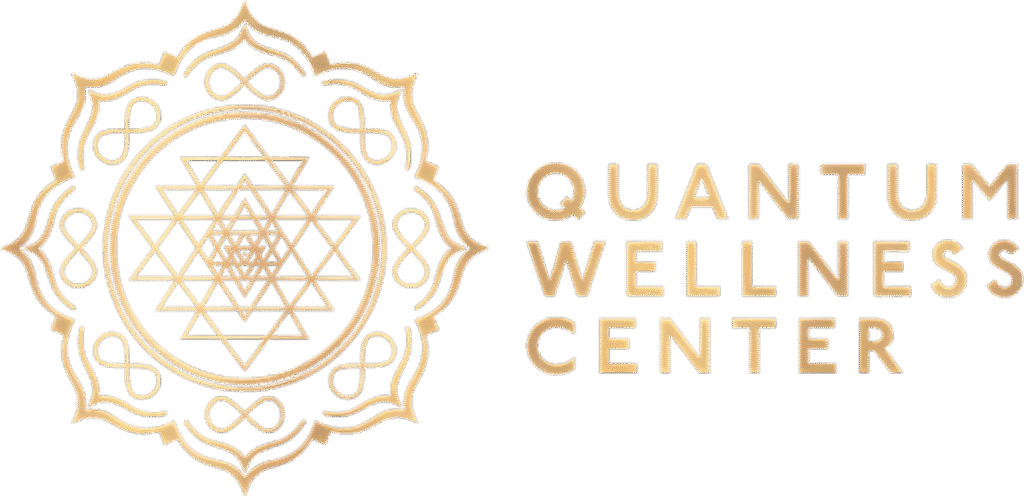Red light therapy has gained increasing interest as a non-invasive approach to managing chronic pain and inflammation. Used in wellness clinics, rehabilitation centers, and at home, it is often recommended for conditions such as arthritis, joint pain, and soft tissue injuries. As its popularity grows, questions remain about its true effectiveness.
In the following sections, we will look into how red light therapy works, its mechanism of action in targeting inflammation at the biological level, the findings of current clinical research, and its applications in real-world pain management.

What Is Red Light Therapy and How It Works
Red light therapy utilizes low-level wavelengths of red and near-infrared light to stimulate cellular healing processes. Also known as low-level laser therapy (LLLT) or photobiomodulation, this therapy utilizes light in the 600–850 nm range, which penetrates the skin and reaches tissues such as muscles, joints, and even nerves.
The light is absorbed by cytochrome c oxidase, a component in mitochondria responsible for energy production. This absorption increases adenosine triphosphate (ATP) production, reduces oxidative stress, and supports cellular repair. The process can improve circulation and reduce damage associated with inflammation and pain, potentially leading to reduced pain and tissue recovery.
Red light therapy devices may include medical-grade laser light systems, LED light panels, and at-home red light wraps or masks. Most therapy products in the market use low levels of red light that aim to penetrate deeper tissue layers without causing damage to the skin.
How Red Light Therapy Targets Inflammation
Inflammation is the body’s response to injury or infection. While short-term or acute inflammation is a natural healing response, chronic inflammation can lead to prolonged pain and tissue damage. Red and near-infrared light therapy may influence this process through several pathways:
Cytokine modulation
Red light therapy may help decrease levels of pro-inflammatory cytokines, such as TNF-α and IL-6, which are common markers of chronic inflammation and arthritis.
Improved blood flow
Enhanced microcirculation supports the delivery of nutrients and the removal of waste, helping to reduce inflammation in a wide range of tissues. The improved blood flow is also thought to impact the development and appearance of spider veins. Therapies that boost circulation, such as red light therapy, might play a role in managing spider veins and supporting overall vascular health.
Oxidative stress reduction
By reducing reactive oxygen species (ROS), red light therapy can help minimize cellular damage often associated with chronic low back pain and joint inflammation.
Mitochondrial repair
More efficient ATP production helps cells recover more quickly, thereby reducing the duration and severity of pain and swelling in affected areas of the body.
These mechanisms explain how red light therapy could reduce inflammation, but how does it perform in clinical settings?
Clinical Evidence on Red Light Therapy for Inflammation
Numerous clinical studies support the use of red light therapy in reducing inflammation. A meta-analysis published in the Lasers in Medical Science Journal found that low-level laser therapy significantly improved pain relief and functional outcomes in patients with chronic pain, particularly in conditions like arthritis and tendinopathies.
Research also shows that red light therapy may reduce inflammation in soft tissues following surgery or acute injury. In a study of patients recovering from orthopedic procedures, the application of red and near-infrared light decreased swelling and improved mobility more quickly than standard recovery protocols.
In individuals suffering from chronic inflammation, such as rheumatoid arthritis, photobiomodulation has been found to reduce stiffness and pain. Controlled trials demonstrate that red light therapy for pain can be especially effective when applied consistently using an appropriate red light device, either professionally in clinics or through at-home red light therapy.
While early findings found that light therapy can reduce inflammation in a wide range of conditions, more robust and reproducible data are needed to move from experimental to standard-of-care use.

Real-World Use: Acute Pain, Chronic Pain, and Arthritis
Outside the lab, this therapy is being used by patients and practitioners alike to manage inflammation and pain in real-life conditions. Here’s how it’s commonly applied:
- Acute inflammation: Athletes often use red light therapy panels after intense workouts or minor injuries to reduce localized inflammation and speed up muscle recovery.
- Chronic pain: Individuals with chronic low back pain or fibromyalgia report improvements after multiple sessions using either clinical laser therapy or at-home red light systems.
- Arthritis and joint pain: Regular sessions of near-infrared light therapy have been associated with decreased joint stiffness and enhanced flexibility, particularly in the knees and hands.
Protocols vary but typically involve 10–20 minute sessions, multiple times per week. The effect of red light therapy tends to build over time, and less pain is usually reported after consistent use.
Red Light Therapy Devices and Treatment Access
Today, users can choose from a wide range of red light therapy products, including high-powered clinical lasers and affordable LED light panels suitable for home use. Here’s a breakdown of typical device types and how they compare:
- Laser Therapy Devices: Offer concentrated, medical-grade laser light for deep tissue penetration. Best used in clinics under supervision.
- LED Light Panels: Popular for at-home red light therapy. Cover large areas of the body and offer convenience, but may be less intense.
- Red Light Wraps and Masks: Used for targeted treatment of joints or facial areas. These therapy products are ideal for treating inflammation associated with arthritis or skincare concerns.
- Light therapy is a non-invasive solution, but its effectiveness depends on factors such as wavelength, output power, treatment area, and session frequency. Always check for FDA-cleared status when selecting a targeted red light therapy device.
Safety, Side Effects, and Best Practices
Red light therapy is generally considered safe with minimal side effects. The most common issues include mild skin irritation or warmth at the treatment site. Eye protection is essential, especially when using high-output light source devices.
Many people believe that applying sunscreen before the procedure can mitigate any potential negative effects of the therapy. However, this may drastically reduce its effectiveness. You can read more here about whether or not you should apply sunscreen before red light therapy.
Certain individuals should consult a doctor before using red light therapy, particularly if they are pregnant, taking light-sensitive medications, or have a history of cancer. Though red light therapy is still under investigation, current evidence suggests that it poses little risk when used appropriately.
Some reports question whether red light therapy can cause long-term side effects, but no conclusive data supports this. When used under guidance, it remains a promising tool for pain management and inflammation reduction.
Final Thoughts from Quantum Wellness Center
Red light therapy continues to gain attention as a promising, non-invasive option for managing inflammation. While early research offers encouraging results—highlighting reductions in pain, swelling, and markers of inflammation—more large-scale studies are needed to fully confirm its effectiveness and long-term safety.
At Quantum Wellness Center, we integrate advanced therapies, such as red light therapy, into personalized care plans to help manage pain and enhance overall well-being. Our compassionate wellness team in Sarasota, Florida, is dedicated to guiding patients through effective treatments, ensuring they benefit safely from the latest in non-invasive care options.



